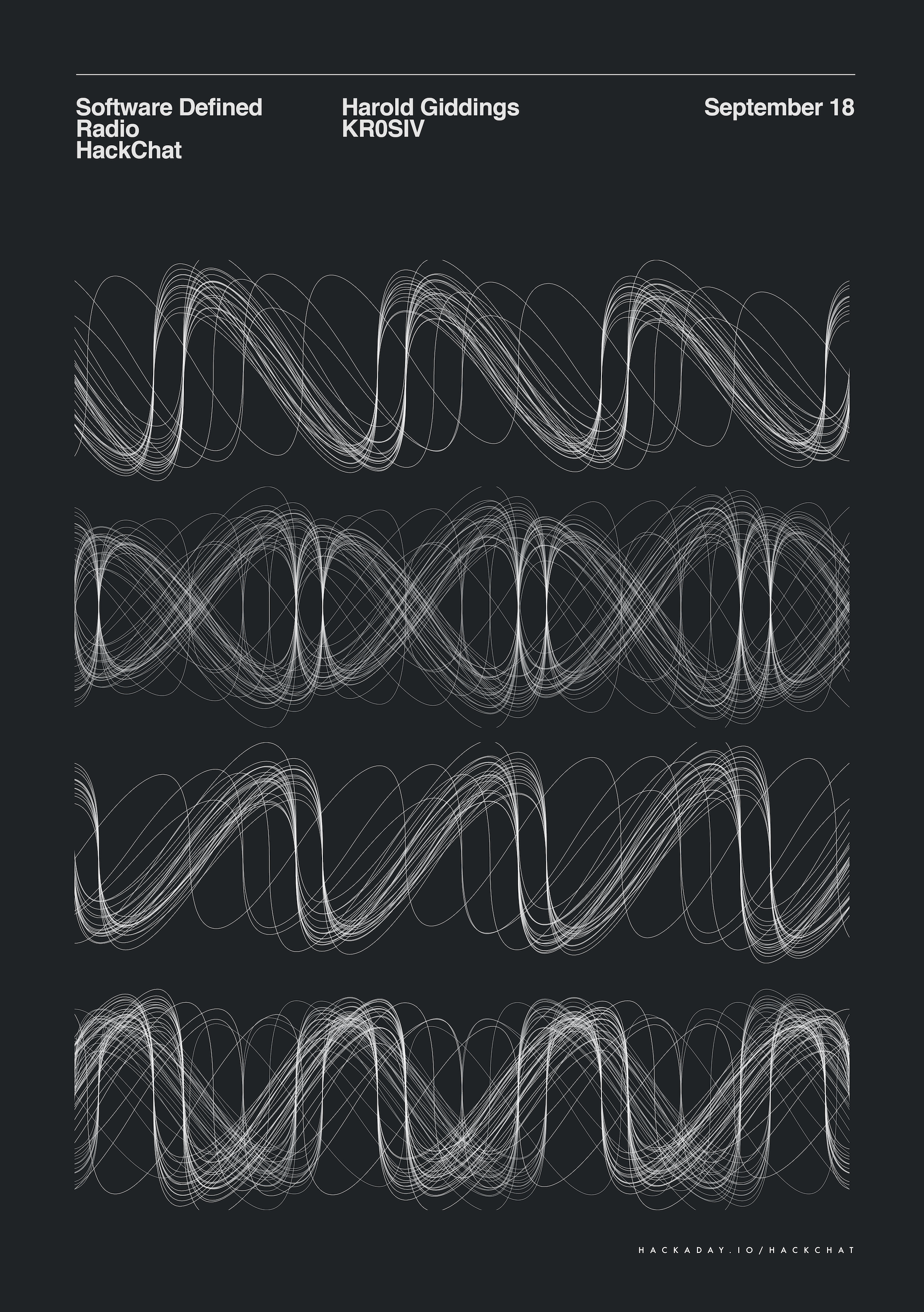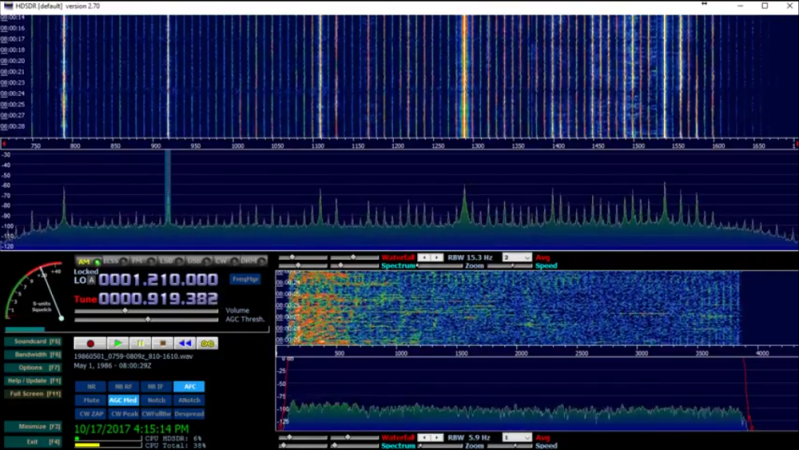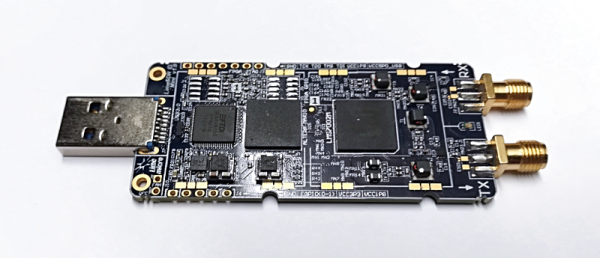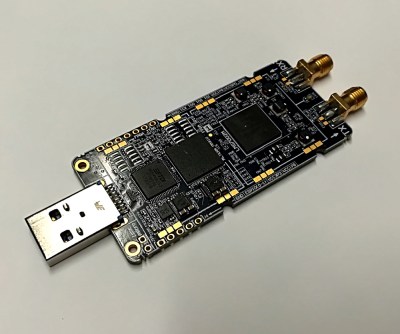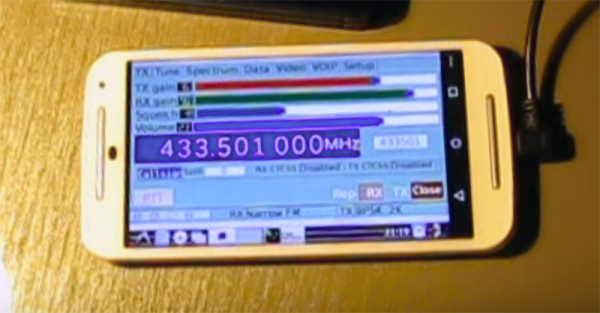Join us on Wednesday, September 18 at noon Pacific for the Software Defined Radio Hack Chat with Corrosive!
If you’ve been into hobby electronics for even a short time, chances are you’ve got at least one software-defined radio lying around. From the cheap dongles originally intended to watch digital TV on a laptop to the purpose-built transmit-capable radio playgrounds like HackRF, SDR has opened up tons of RF experimentation. Before SDR, every change of band or mode would need new hardware; today, spinning up a new project is as simple as dragging and dropping a few blocks around on a screen, and SDRs that can monitor huge swaths of radio spectrum for the tiniest signal have been a boon to reverse engineers everywhere.
Corrosive is the handle of Harold Giddings, amateur callsign KR0SIV, and he’s gotten into SDR in a big way. Between his blog, his YouTube channel, and his podcast, all flying under the Signals Everywhere banner, he’s got the SDR community covered. Whether it’s satellite communications, aircraft tracking, amateur radio, or even listening in on railway operations, Harold has tried it all, and has a wealth of SDR wisdom to share. Join us as we discuss the state of the SDR ecosystem, which SDR to buy for your application, and even how to transmit with an SDR (hint: you’ll probably want a ham license.)
 Our Hack Chats are live community events in the Hackaday.io Hack Chat group messaging. This week we’ll be sitting down on Wednesday, September 18 at 12:00 PM Pacific time. If time zones have got you down, we have a handy time zone converter.
Our Hack Chats are live community events in the Hackaday.io Hack Chat group messaging. This week we’ll be sitting down on Wednesday, September 18 at 12:00 PM Pacific time. If time zones have got you down, we have a handy time zone converter.
Click that speech bubble to the right, and you’ll be taken directly to the Hack Chat group on Hackaday.io. You don’t have to wait until Wednesday; join whenever you want and you can see what the community is talking about.


